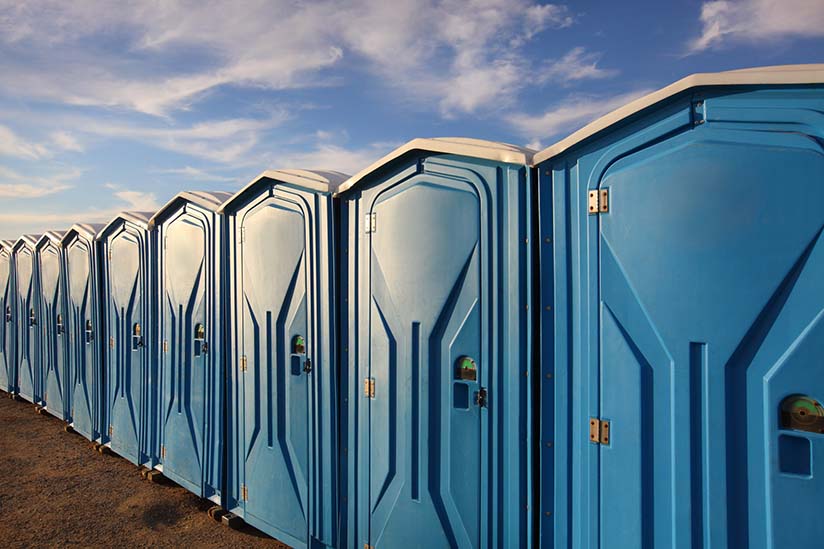Drug Testing Using Portable Toilet Wastewater

During the period 2022 to 2023, the Construction sector witnessed the second-highest number of fatalities, totalling 17 deaths – marking a disturbing 31% rise over the previous year’s total.
Ensuring worker safety in such environments is paramount, with factors such as drug use, fatigue, and worksite conditions, playing significant roles.
This article explores the advantages of drug testing using portable toilet wastewater over conventional approaches, highlighting its effectiveness in ensuring workplace safety by detecting drug usage among workers.
Real-Time Insights
One of the notable advantages of drug testing through portable toilets is its independence from self-reporting or random onsite checks. By analysing the drug content of wastewater, an accurate, real-time picture of the total amount and various types of drugs used by individuals at a worksite can be obtained, providing insights that might otherwise go unnoticed.
Complementary Testing Approach
While portable toilet drug testing cannot pinpoint which individual among the toilet users is consuming drugs, it offers valuable information about the scale and nature of drug use at a worksite. This data enables further targeted on-site drug testing, focusing on sites where issues are identified, thus complementing conventional drug testing methods.
Snapshot of Drug Use
Portable toilets, with their waste storage tanks, serve as snapshots of collective drug use by all users since the last tank change. Unlike general wastewater analysis, which provides average drug use per thousand people, portable toilet sampling allows for the identification of specific drugs and their quantities consumed within a defined timeframe.
Sample Collection
Collecting samples from portable toilets is a straightforward process, typically done after work hours. Approximately 200 to 300 mL of waste is extracted and placed in a 300 mL High-Density White Plastic container, following the Safework Health Wastewater Collection Protocol.
Samples can be collected by your team or our qualified Collectors. We will provide training to your team.
Sampling Frequency
Determining the frequency of wastewater drug testing requires consideration of various factors, including the frequency of toilet use and the time since the last tank change.
It is recommended to conduct testing once every three months at each worksite, with increased frequency warranted after accidents or suspicion of on-site drug issues.
Report Turnaround Time
After receiving the samples, our National Toxicologist will provide you with a simple and concise report detailing the drugs detected within four days.
Get Started Today
Safework Health offers a comprehensive wastewater drug testing service to safeguard your worksite from the risks associated with drug and alcohol use.
Contact us today to learn more and take proactive steps towards ensuring a safer work environment.
